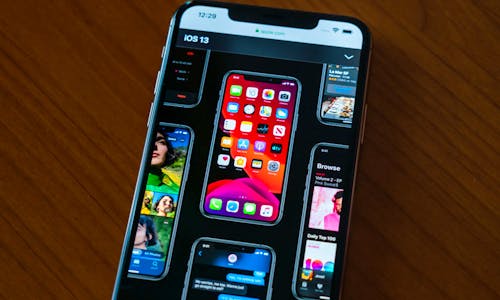Technology giant Qualcomm has announced it has entered into a multi-year agreement with Formula E Holdings, making it an official founding technology partner of the all-electric F1 race due to start in 2014.
Qualcomm’s involvement with Formula E will first see the safety cars of the first 2014/2015 FIA Formula E Championship fitted with Halo Wireless Electric Vehicle Charging (WEVC).

Rather than have to plug in a wire to recharge the battery, as is the case with most electric cars and plug-in hybrids, WEVC uses “resonant magnetic induction to transfer energy between a ground-based pad and a charging pad on the electric vehicle”. In layman’s terms, you just park the car on a charging pad and science does the rest.
Related articles
FIA announces Formula E racing series
Wireless car charging to be trialled in UK
Although only the safety cars will benefit initially, Qualcomm has expressed plans to apply the same technology to the Formula E race cars for the 2015/2016 season. Pads built into the roads of each city track could allow passing race cars to get a quick energy boost via “dynamic charging”. Sounds like the stuff of video games, if you ask us.
“Our collaboration with the FIA Formula E Championship is not just a great opportunity to showcase Qualcomm technologies, such as our Halo WEVC system, but to evaluate and improve wireless connectivity and EV technology across the globe, especially in the host cities,” senior vice president and chief marketing officer of Qualcomm Anand Chandrasekher said. “We hope this arrangement will leverage mobile technology to enhance the fan experience and impact the global movement toward more sustainable living.”
In its advisory role, Qualcomm also plans to enhance each race by way of its mobile technologies. “Qualcomm will evaluate the connectivity and mobile technology of each of the ten venue cities around the world, providing solutions to help enhance the spectator experience around the circuit such as live streaming to fans, video gaming and social media,” it said.
Qualcomm announced the sponsorship of the Drayson Racing Formula E team back in January 2013 as part of plans to promote the aforementioned Halo wireless charging system.
A wireless electric vehicle charging trial is currently in operation in the UK to test its validity. The partnership is between Qualcomm, Renault, taxi firm Addison Lee and charging network infrastructure provider Chargemaster.
Skeptics will no doubt say Formula E has a lot to compete with in the form of its noisier, well established Formula 1 cousin. But with billion-dollar companies such as Qualcomm getting involved and the promise high speed races around city centre circuits such as Beijing, London and Los Angeles, it could become a welcome addition to the petrolhead’s calendar ─ and one that makes greener cars more desirable.
One interesting aspect of Formula E we were curious about was the noise, or rather the lack of. Electric engines are near enough silent, meaning a bit of tyre scrub would be as loud as it gets. Fortunately for our petrolhead ears used to highly tuned combustion engines, Formula E cars will have a high-pitched jet engine-esque sound.
The first season of Formula E, which will be comprised nine races, will begin in September 2014 in London.

Leave a Reply